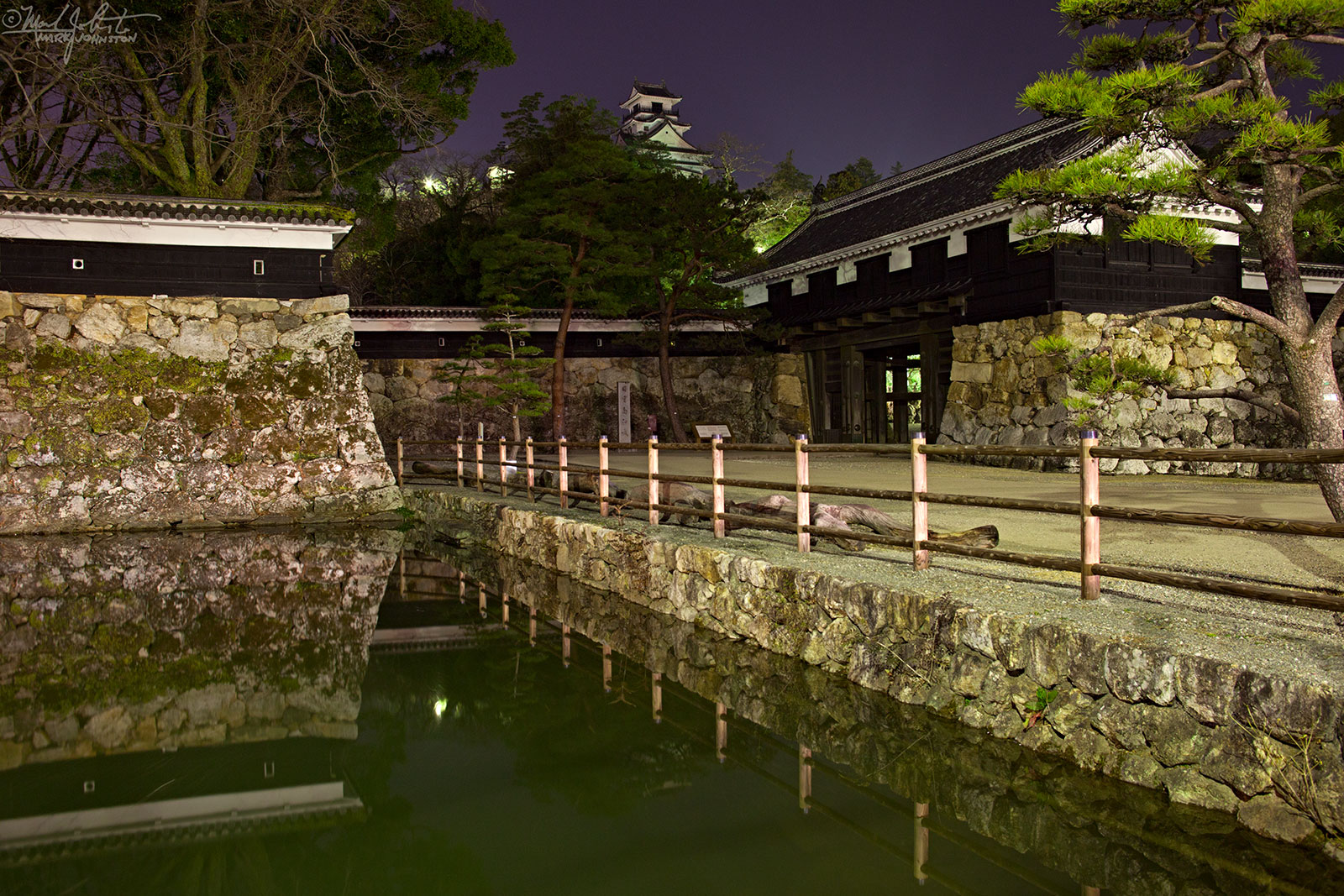According to the National Resources Conservation Service of the USDA, the first freeze ought to be hitting this area near the end of this month. That doesn't give my tomatoes, which endured two vicious attacks by ravenous deer, much time.
First tomatoes, and only a few weeks left before first frost. From left to right, hyssop [outside the dish], then rosemary, curry above the tomatoes, purple basil below the tomatoes, and another variety of hyssop.
Deer netting around my herb patch. Tough enough, and hard for the deer to see.
But, I harvested my first two yesterday, and it looks like from here until that cold weather arrives, I will have a steady crop ripening on my three plants.
The deer were just being opportunistic herbivores, and I have learned pretty well what they like and don't like around the yard. But when they cropped three of my tomato plans almost to the ground, and pull the fourth out entirely, I upped my game.
I replaced the five-foot high mesh fencing with deer netting - black plastic mesh that they can't really see very well, and is quite tough - strung between and over seven-foot metal poles.
I tied the netting together at the top, and weighted down the bottom with rocks. Since then, not a nibble. Hell, I can hardly get in there.
Herbs, too
I am also starting to bring in cuttings of the herbs I've been growing: sage, rosemary, mint, thyme, tarragon, dill, hyssop, and basil.
I planted some small hyssop plants as ornamentals out front. They took off, and several weeks later when I was out there weeding, I was knocked out - in a good way - by the amazing smell - like freshly-made root beer.
Dill is still my favorite, though - I put the stuff in everything. Have to plant more of it next Spring!
Counter-clockwise from 6 o'clock: dill, hyssop, stevia, thyme, dill on the stick, sage, and mint. In the dish from left to right: rosemary, curry, tomatoes, and purple basil, and a second variety of hyssop.
![First tomatoes, and only a few weeks left before first frost. From left to right, hyssop [outside the dish], then rosemary, curry above the tomatoes, purple basil below the tomatoes, and another variety of hyssop.](https://images.squarespace-cdn.com/content/v1/5005dbf284aebe9f4d09d4f5/1347135117969-07GLBM8H81R7AU1D2EZU/1236-_P2A-2046.jpg)











![Small "Izakaya" [literally, "a shop with alcohol", but perhaps more accurately translated as "pub"] like this are one of the best things about Japan. If you can learn a bit of the language, and take the time to build relationships, you can se…](https://images.squarespace-cdn.com/content/v1/5005dbf284aebe9f4d09d4f5/1344259004901-2X8JEH6MFB7590FNV6MZ/1105-iPhone-1131.jpg)


